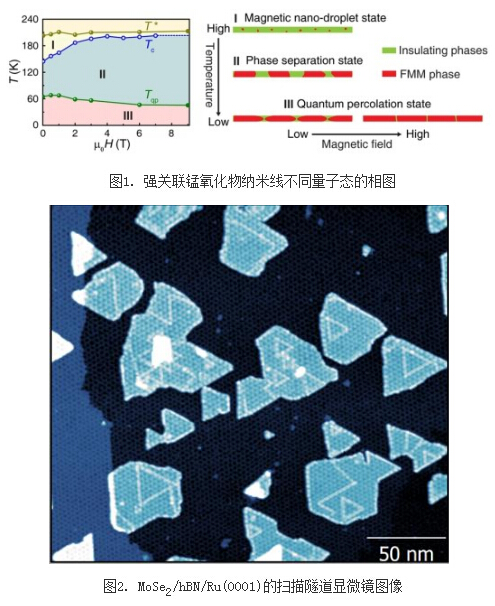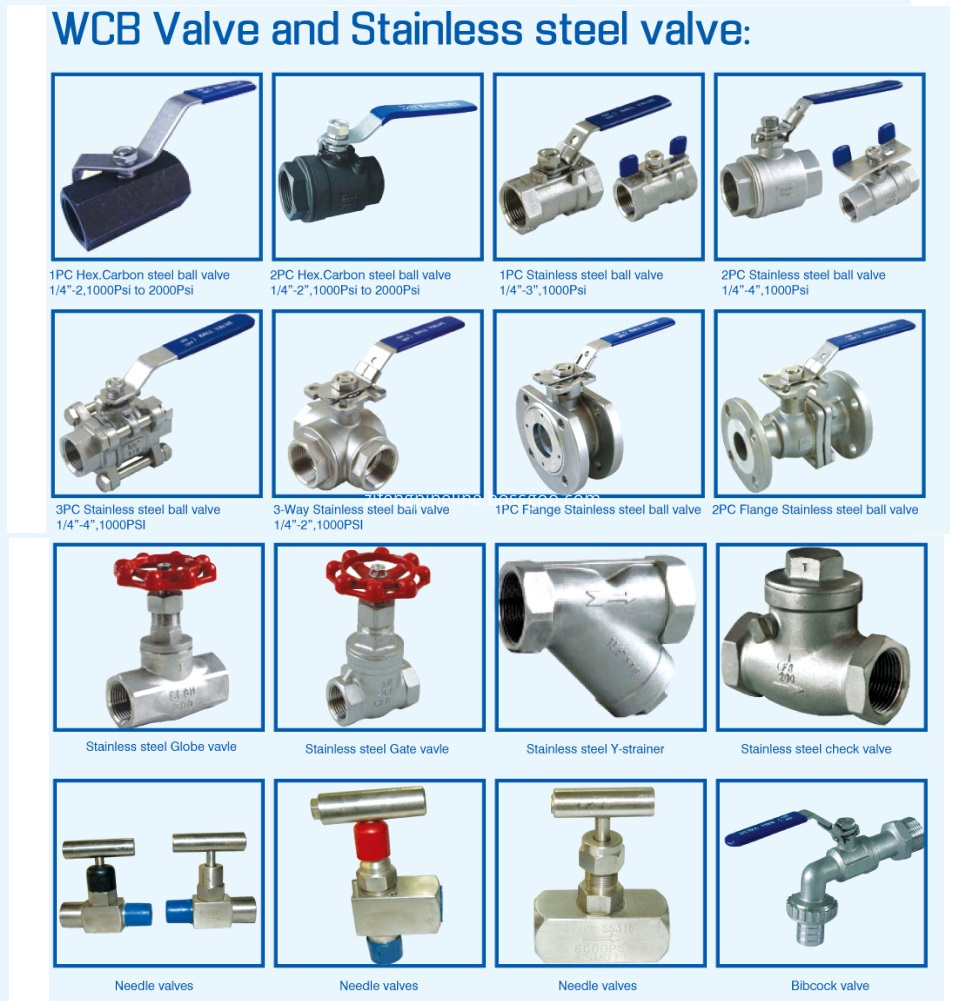Preparation of series of low-dimensional quantum structures and physical properties have made progress
Recently, Professor Zeng Changzheng of the National Key Laboratory for Quantitatively Coupled Quantum Materials Physics, National Laboratory for Physical Sciences at the Hefei Microscale Laboratory, China University of Science and Technology, and University of Science and Technology of China, successfully prepared strong-association single crystal nanowires and two-dimensional atomic dimensions. Van der Waals heterojunctions were found to be significantly regulated by their dimensions. The results were published in Nano Lett. and Nature Commun. At present, the focus of one-dimensional physics is mainly confined to the study of spatially uniform electronic phases. An interesting question is how does one-dimensional confinement control its physical properties for electronic phase separation systems? On the basis of the successful preparation of single crystal nanowires of manganese oxide La0.33Pr0.34Ca0.33MnO3, the team collaborated with the Lulu Uranium Research Group and conducted an in-depth exploration of this issue. Firstly, we discovered the hypersensitivity of the electron transport to the fluctuation of the order parameter caused by the one-dimensional confinement, and revealed the precursor state of the ferromagnetic metal phase, namely the magnetic nano-droplet state. Further study found that due to one-dimensional anisotropy, the insulating domains can still exist stably at a low temperature and strong magnetic field (14 T), but they are compressed into very fine bands, thus forming an intrinsic tunnel junction in the nanowires and stable. A new type of quantum percolation. In contrast to this, the insulating phase in the block is completely transformed into a ferromagnetic metal phase under a strong magnetic field at low temperatures. Therefore, for the La0.33Pr0.34Ca0.33MnO3 nanowires, the team first revealed a new phase diagram that is modulated by one-dimensional confinement, as shown in Figure 1. These new findings help to use low-dimensionality to regulate the abundant quantum properties of strongly correlated electron phase separation systems. The research results were published in Nano Express (Nano Lett. DOI: 10.1021/acs.nanolett.6b04444), and doctoral student Zhang Kaixuan was the first author of the article. According to Kroemer, winner of the Nobel Prize in physics, “Interfaces are devicesâ€, various semiconductor devices are generally related to interface structures and characteristics. Monolayer transition metal chalcogenides, graphene, and hexagonal boron nitride (hBN) are important components in the two-dimensional Van der Waals material family. If different two-dimensional materials can be stacked together, an atomic-scale heterojunction can be constructed to design and optimize different device functions. Due to the relatively weak van der Waals interaction between layered materials, the heteroepitaxial growth of layered materials is significantly different from that of conventional semiconductor heteroepitaxy, especially in terms of relaxed requirements for lattice matching. Therefore, in principle, a novel two-dimensional heterogeneity system can be flexibly designed and grown using the epitaxial growth method. The research team cooperated with Professor Shi Zhigang of the University of Texas at Austin, and used the molecular beam epitaxy method to successfully prepare the MoSe2/hBN/Ru (0001) heterojunction for the first time, as shown in Figure 2. Further studies have found that the energy gap of MoSe2 quasiparticles grown on hBN/Ru(0001) is less than the energy gap of MoSe2 grown on graphene or graphite by 0.25 eV, due to the strongly coupled hBN/Ru(0001) substrate The electrostatic shielding effect. In addition, the electronic structure and work function of MoSe2 have a periodic modulation with a modulation amplitude of 0.13 eV. The modulation period is exactly the same as the moiré fringe period of the Ru (0001) substrate and the corresponding hBN work function modulation period, indicating that this is a pure electrostatic effect. This work is of great significance for expanding the two-dimensional Van der Waals heterogeneous system and controlling its physical properties. The research results were published in Nature-Communications (Nature Commun. 7, 13843 (2016)). Dr. Zhang Qiang was the first author of the article. The above research work has been funded by the National Natural Science Foundation of China, the Ministry of Science and Technology, the Ministry of Education, and the Center for Quantitative Information and Quantum Technology Collaborative Innovation. Stainless Steel Valves have been used in chemical, petrochemical, petroleum, paper, mining, electricity, liquefied petroleum gas, food, pharmaceuticals, water supply and drainage, municipal services, machinery and equipment, electronics industry, urban construction and other fields.
Valve is the pipeline fluid delivery system control unit, which is used to change the passage cross-section and the media flow direction,including Stainless Steel Ball Valves(including 1PC Ball Valve,2PC Ball Valve and 3PC Ball valve), Stainless Steel Gate Valves ,Stainless Steel Global Valves,Stainless Steel Check Valves, Stainless Steel Y-Strainers,Needle Valves,Bibcock Valves and so on. And we also can supply Kinds of Brass Ball Valves .
Material:Stainless Steel 304, Stainless Steel 316
Size:1/8"-4"
Threads:NPT,BSP,BSPT,EN,DIN,JIS,etc
Pressure:200Psi-1000Psi
Application:Oil,Gas,Water,Steam and so on Fluids.
Stainless Steel Valves Stainless Steel Valves,Stainless Steel Ball Valves,Ball Valves,Stainless Steel Flange Ball Valve HEBEI ZIFENG NEW ENERGY TECHNOLOGY CO.,LTD. , https://www.zifengpipeline.com
